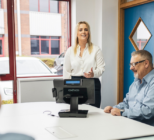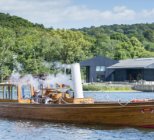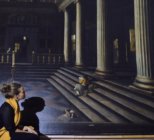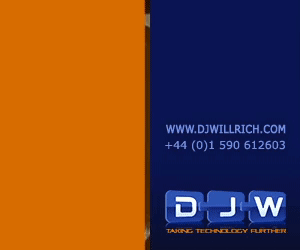When it comes to visitors at museums and heritage attractions the facts speak for themselves: giving visitors a better experience increases visits, enhances the perception and value of an organisation and boosts sales. At its simplest level, if a visit is made easier for an individual or family, their enjoyment and satisfaction levels rise and they have more energy to enjoy and take in the exhibits. However, Colin Mulberg Consulting, whose eponymous director has more than 20 years’ experience in the sector, has found many museums and heritage attractions are poor at welcoming visitors, starting at the threshold. This is compounded, according to Mulberg, by many venues not explaining exactly what they are, what is on offer, reasons for visiting and possible suggestions of where to start.
“Even if visitors do not have to pay to enter,” says Mulberg. “They are still investing their time, energy and thought into a visit, as well as giving up the opportunity to be doing something else.” Therefore he says venues need to make it clear to visitors what they will gain from their visit and how it will match their interests. “A sign that simply says ‘Welcome’ is a poor substitute.” Likewise if visitors are being asked to part with their money, they need to know exactly what they are buying.

Mulberg says this lack of welcome and clarity is often an indication of an organisation that thinks internally across departments, rather than looking out to visitors. This internal thinking, he says, can lead to exhibit titles that mean little to non-specialists, rooms without proper introductions and a mixture of different topics in galleries without clear connections. Some museums are aware of the need to improve their visitor experience, but assume this would be a huge undertaking and require a large budget. Yet Colin Mulberg Consulting points to improvements to the visitor experience being cumulative with a number of small changes adding up to significant improvements. “Museums can phase changes according to their resources and build up improvements over time. Once something is made easier for visitors, all visitors will benefit from then onwards. Organisations need to see themselves through the eyes of their visitors to transform the visitor experience.”
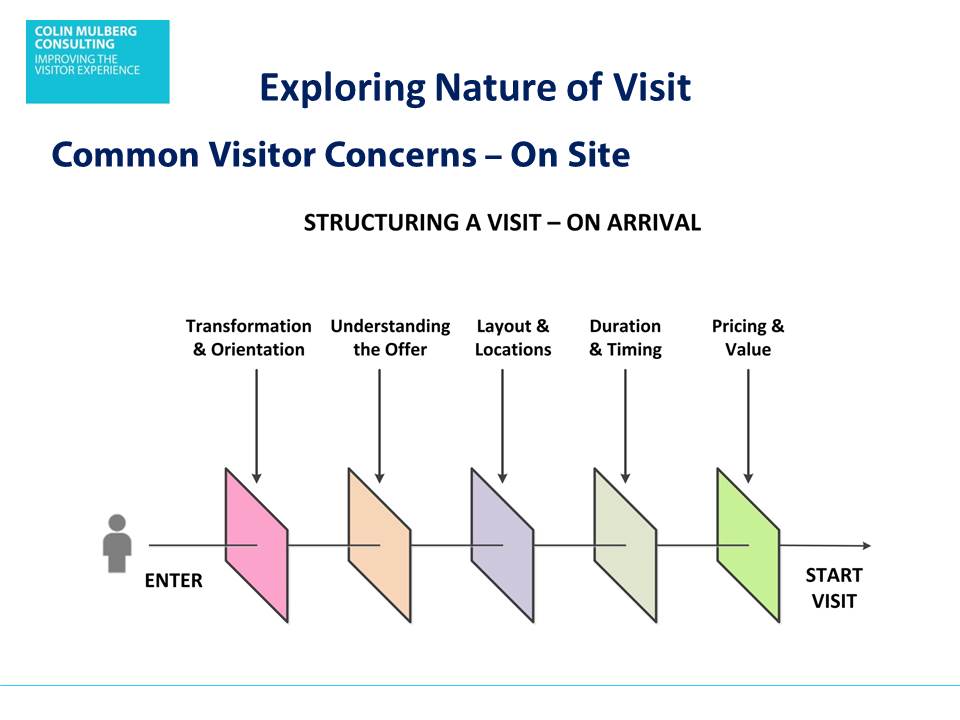
For this outcome, Mulberg says museums and heritage attractions need to focus more on the whole visitor journey, starting from the arrival at a venue when people are deciding whether to visit and then continuing into the entrance and the welcome inside. This should then spread throughout all the public areas, including information desk, galleries, displays, temporary exhibitions, wayfinding, toilets, catering, retail and even finding somewhere to sit down. “It is often these areas where the experience can be made easier for visitors and where quick, easy improvements can be made. Birmingham Museum and Art Gallery is interesting, as they have understood that many visitors are coming to see the Staffordshire Hoard of Anglo-Saxon gold. Though they have a wide range of other galleries and collections, they signpost the Staffordshire Hoard gallery throughout the museum to help meet their visitors’ needs.”
The key, he says, is to identify all the current and potential audiences, including those that do not bring in money. Once the audiences are determined, the aim should be to gain a deep insight into each audience, so that their characteristics, visiting patterns, needs, interests and motivations are clear. “At the Royal Marines Museum, we tackled this by conducting a complete Knowledge Audit across the whole museum that looked at everything the museum knew about its audiences. This included formal evaluations, past visitor surveys, market research, visiting figures, bookings, etc. as well as more specific indicators such as enquiries, popularity of events, shop sales, visitor observation and tracking studies.” All this information can then be filtered into a central collection point for audience insight, which is followed-up by using visitor research to plug specific gaps in knowledge about particular audiences. Planned contact through programmes, bookings and feedback can be used to continually add to this information, so the museum can continue to learn about its visitors.
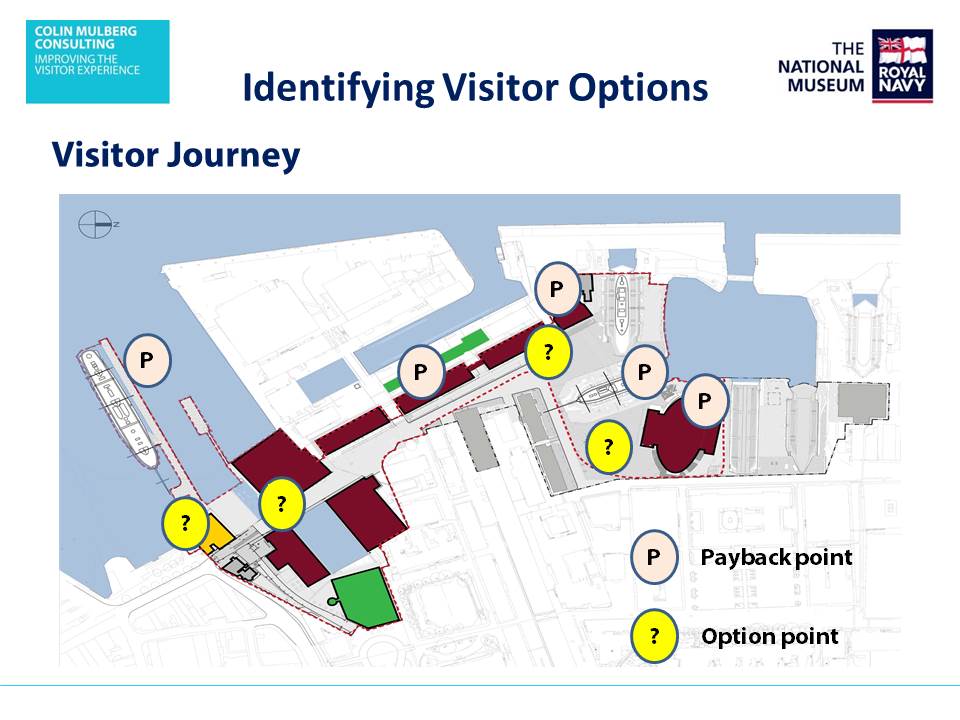
“In the past museums and heritage attractions were one of the main providers of information and content, but this has changed with increased access to digital media. Visitors can not only get facts, information and images from their own armchair, these are well ordered and presented. The sector needs to change to focus on the experience of visiting, rather than just the content of the displays. What counts now is the whole visit.”
Many museums are facing up to the challenges and potential of digital media as well as the competition for visitors’ time by looking to see what can be learnt from outside the sector. Other arts, visual media as well as commercial organisations, such as retail, employ useful approaches and techniques to understanding visitors and communicate what is on offer. Many commercial techniques can be positively adapted; retail has a long tradition of ‘knowing your customer’.
“For example, we adapted Human-Centred Design techniques for the National Museum of the Royal Navy to create Audience Profiles. These distil the key points for each audience group into less than 500 words along with a photo, so that key needs, interests and motivations can be seen at a glance. The Audience Profiles are a constant reminder during all stages of public-facing projects of who should benefit from the work. Museums can learn new approaches to re-think their relationship with their audiences.”
Visits to museums and heritage attractions are now effectively competing with a wide range of other leisure possibilities for people’s attention and the competition is investing in making things easier for people to engage, which means that people are less tolerant of having to work hard to visit a museum or when they are there.
“In a similar way, we all give up on a website that is tricky or difficult; we will go elsewhere. Improving the visitor experience is a key part of developing resilience, as a good knowledge of different audiences will help attract visitors by tailoring the experience of a visit to what they want. All venues need to ensure that visitors get as good an experience as possible to ensure long-term sustainability. If the offer to visitors largely matches their interests and is a great experience, the rewards for the museum can be high. The National Football Museum put the interests of different types of visitor at the heart of developing a new museum on a new site. They welcomed their 1 millionth visit in just over two years since re-opening. Giving a great visitor experience is a key factor in driving repeat visits.”
Colin Mulberg Consulting will be curating a stream at this year’s M+H Show on Wednesday, 29 April. You can register for free here. You can also book a 1-to-1 consultation with Colin to discuss how you can improve your visitors’ experience in the Show’s Ask the Expert on the same day.


